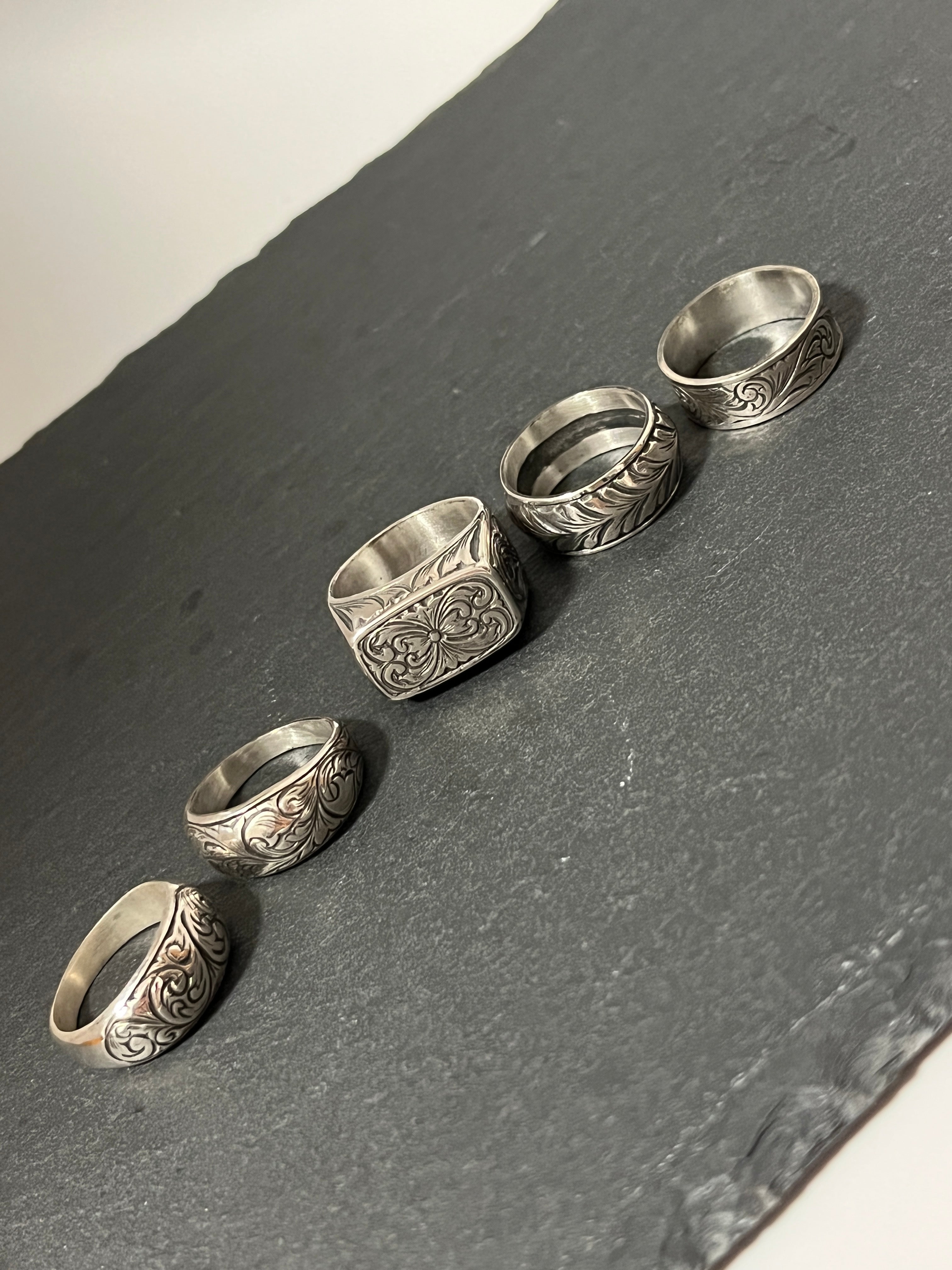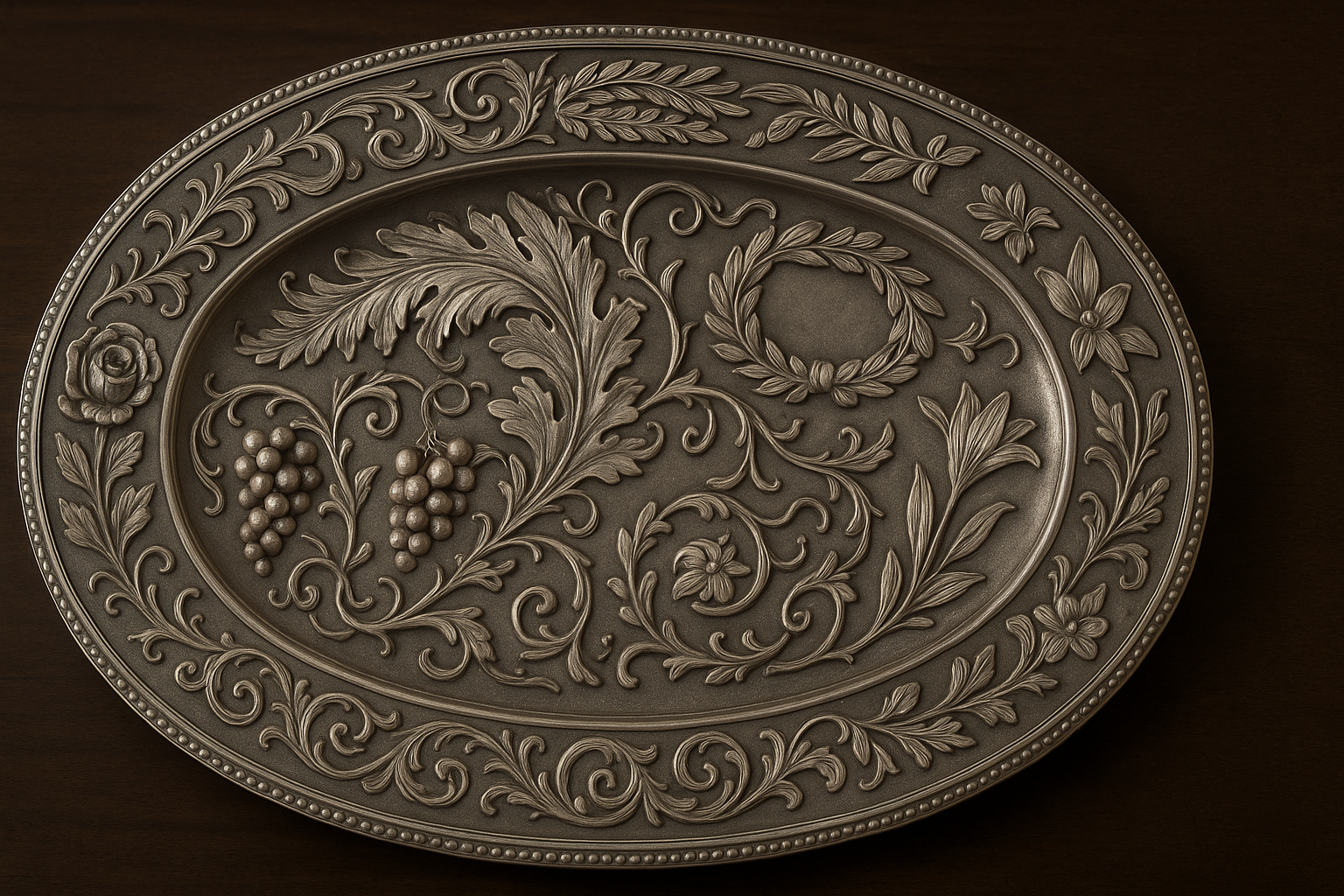
The History of Signet Rings: From Ancient Egypt to Medieval Europe to the Present
What is a signet ring?
A signet ring is a ring-shaped seal with an intaglio design pressed into wax or clay, used to indicate the authenticity of documents or objects.
In medieval Europe, seals were the primary means of personal authentication, and many public and private documents prior to the modern era were sealed to ensure their authenticity and integrity.
Unlike signatures, the main method of proving identity was by means of a "seal impression," and the two were sometimes used together depending on the era and type of document.
The Origins of Signet Rings: Seals and Rings in the Ancient World
The origins of seals date back to the Neolithic period and the ancient Orient, with Mesopotamian cylinder seals being well known.
There are many examples of ring-shaped seals in Egypt, and during the New Kingdom period (14th to 12th centuries BC), signet rings engraved with the name of the king or statues of gods were produced.
For example, there is a gold ring (Neb-kheperu-re) engraved with Tutankhamun's coronation name, a gold ring engraved with the name of Ramses VI, and a faience signet ring.
These include signet rings that show signs of wear from use.
Gold seal rings (known as "Bergon rings") from the Minoan civilization are also known from the Aegean world, and show intricate engraved designs featuring animal figures.
The museum also houses numerous examples of ring-shaped inscriptions (letters and patterns) from a wide area from the Mediterranean to Western Asia, including the Sassanid Empire, the Islamic world, and South Arabia.
The materials are diverse, including gold, silver, copper alloys, and precious stones, and there are differences in design and technique depending on the region and era.
Medieval Europe: The Institutionalization of Seals and Coats of Arms
In medieval Europe, sealing was the central means of document authentication.
The University Archives of England states that "in the Middle Ages, personal authentication was by seal only, and signing deeds was not common until the 16th century."
Although a signature may be seen on a letter, it is often written by a scrivener and is not necessarily handwritten by the person writing it.
The spread of this sealing culture went hand in hand with the spread of heraldry, and designs to identify individuals, families, and groups (shields, animals, plants, crosses, etc.) were adopted for seal designs.
The research notes also mention that coats of arms are also used on practical items such as book plates and signet rings.
On the other hand, it seems that it is not the case that "all nobles and knights were given a signet ring by their lord as a ceremonial gift," and although the possession of signet rings with coats of arms can be confirmed widely, some believe that this was only practiced in certain regions.
However, even if it was limited to certain areas, it seems certain that it was an important item in forming feudal society.
Women also sealed and authenticated documents, and there are examples such as oval seals for women.
Royal and Papal Signet Rings: Institutions and Ceremonies
While monarchies and nations retained institutionalized seals such as great seals, there were also cases where individual dignitaries used signet rings for semi-public or private purposes.
The Papal "Fisherman Ring" has a history of being used to seal everything from private letters to briefs (official but relatively brief documents), and later took on a more ceremonial nature.
The ring is still the Papal emblem, and its safekeeping and management are governed by the regulations of the Holy See.
In modern official documents, the formula "given under the fisherman's ring" is sometimes used, and institutional documents also stipulate that the ring and lead seal be invalidated and destroyed upon the death of the Pope (a tradition intended to prevent forgery).
Early modern to modern times: Institutional change and decline in practicality
With the spread of printing, rising literacy rates, the widespread use of signature systems, and the development of bureaucracy, the importance of personal authentication by seals declined relatively from the early modern to modern era.
The forms of deeds for transferring real estate also became more diverse after the 16th century, and seals were no longer the only method used. As a result, the need for seal rings in practice decreased, and they gradually became more of an ornament primarily used to indicate status, custom, and symbolism.
Modernity: Symbolism and Identity
Currently, signet rings no longer have a legal role as a substitute for a signature, but they continue to be produced and worn as jewelry that visualizes the identity of individuals, families, and organizations by engraving coats of arms, monograms, abstract designs, etc.
Considering the current fashion trends, some people may find it surprising that signet rings were used so publicly.
In Japan in particular, the culture of wearing rings dates back to ancient times, when some were worn for ceremonial purposes, but they did not become widespread throughout history up to modern times, so it may seem surprising to learn that rings were used as proof of identity and as important items in official transactions and letters.
Design perspective (from practical to symbolic)
design elements
- Shield shape and heraldic elements : Arrangement and division of heraldic origin, heraldic animals (lion, eagle, etc.), plants (rose, oak leaf) etc. are historical vocabulary that enhances identification.
- Characters and inscriptions : Intaglio writing indigenous to the region, including the names of kings, religious phrases, and Kufic script. These are composed with the assumption that the seal impressions will be reversed left to right.
- Materials and techniques : gold, silver, copper alloy, faience, agate, etc. There are variations in intaglio engraving, gemstone intaglio, and metal engraving, and many examples show signs of use (wear).
summary
Signet rings matured in the ancient Near East and Egypt, diversified throughout the Greek, Roman, and Islamic worlds, and functioned at the core of the sealing system and heraldic culture of medieval Europe.
Although their practicality has declined due to institutional changes leading up to modern times, they remain to this day as vessels of symbolism and identity.




